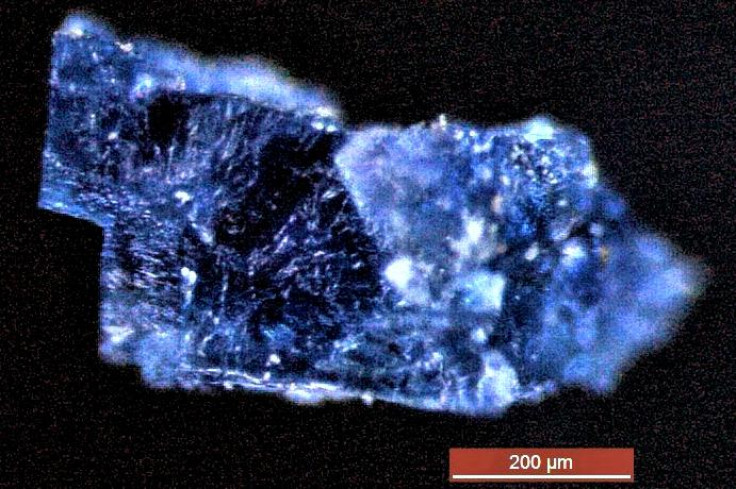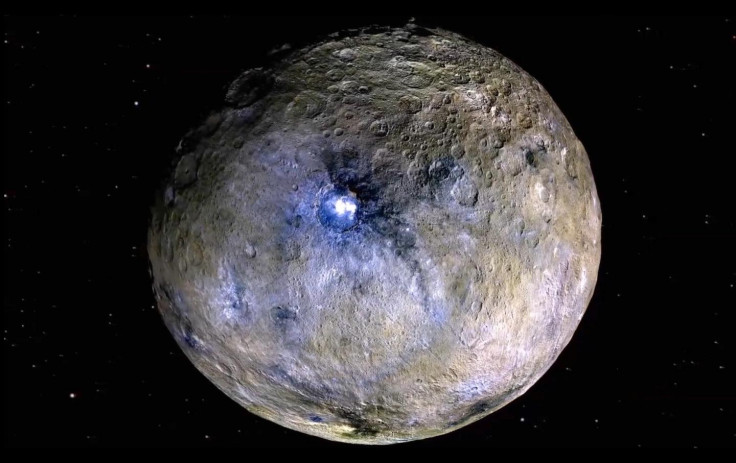Building blocks of life found in ancient meteorites that fell to Earth 20 years ago
This is the first time water and organic matter associated with it has been found at the same place.

Two meteorites that fell to Earth in 1998 contained crucial building blocks of life, according to a new study published in Science Advances.
The rocks carried water and organic matter that could not only give us new insights into the Solar System's history but also bolster the chances of finding life outside Earth.
When the two rocks fell to Earth, one in Texas and the other a few months later in Morocco, they were preserved by Nasa for further studies. Now, after 20 long years, detailed analysis of the tiny blue and purple salt crystals that came from these meteorites has led scientists to the vital signs of life.
Researchers from the US, UK, and Japan studied the chemical makeup of these 2mm-sized crystals using state-of-the-art techniques that included X-ray beamline and microscopic experiments. The results revealed traces of water and other organic compounds like carbon, oxygen and nitrogen.
While life-supporting elements like these have been discovered in space rocks in the past, this is the first time water and organic matter associated with it has been found at the same place.
"This is really the first time we have found abundant organic matter also associated with liquid water that is really crucial to the origin of life and the origin of complex organic compounds in space," said Queenie Chan, the lead author of the study. "We're looking at the organic ingredients that can lead to the origin of life."
As the two meteorites carried very similar crystals, the researchers think their parent rocks -- dwarf planet Ceres and asteroid Hebe -- may have crossed paths sometime in the past and mixed materials due to several cosmic processes. They believe the crystals may have originated from ice or water spewing out of Ceres and may have moved throughout the cosmos to finally reach Earth.

"We revealed that the organic matter was somewhat similar to that found in primitive meteorites, but contained more oxygen-bearing chemistry," study co-author Yoko Kebukawa said.
"Combined with other evidence, the results support the idea that the organic matter originated from a water-rich, or previously water-rich parent body - an ocean world in the early solar system, possibly Ceres." The traces of water in the crystals are believed to nearly 4.5 billion years old.
While these crystals do not provide a proof of life beyond Earth because complex organic compounds like protein-forming amino acids are yet to be found, they do support the idea that meteorites could trap biomolecules or even microscopic life which could ultimately reveal where life exists or may have existed in the past.
"Everything leads to the conclusion that the origin of life is really possible elsewhere," Chan added. "There is a great range of organic compounds within these meteorites, including a very primitive type of organics that likely represent the early solar system's organic composition."
With further studies revolving around the meteorites, the researchers plan to study the chemical make-up of the crystals that have not been studied as of yet and may contain crucial complex compounds.





